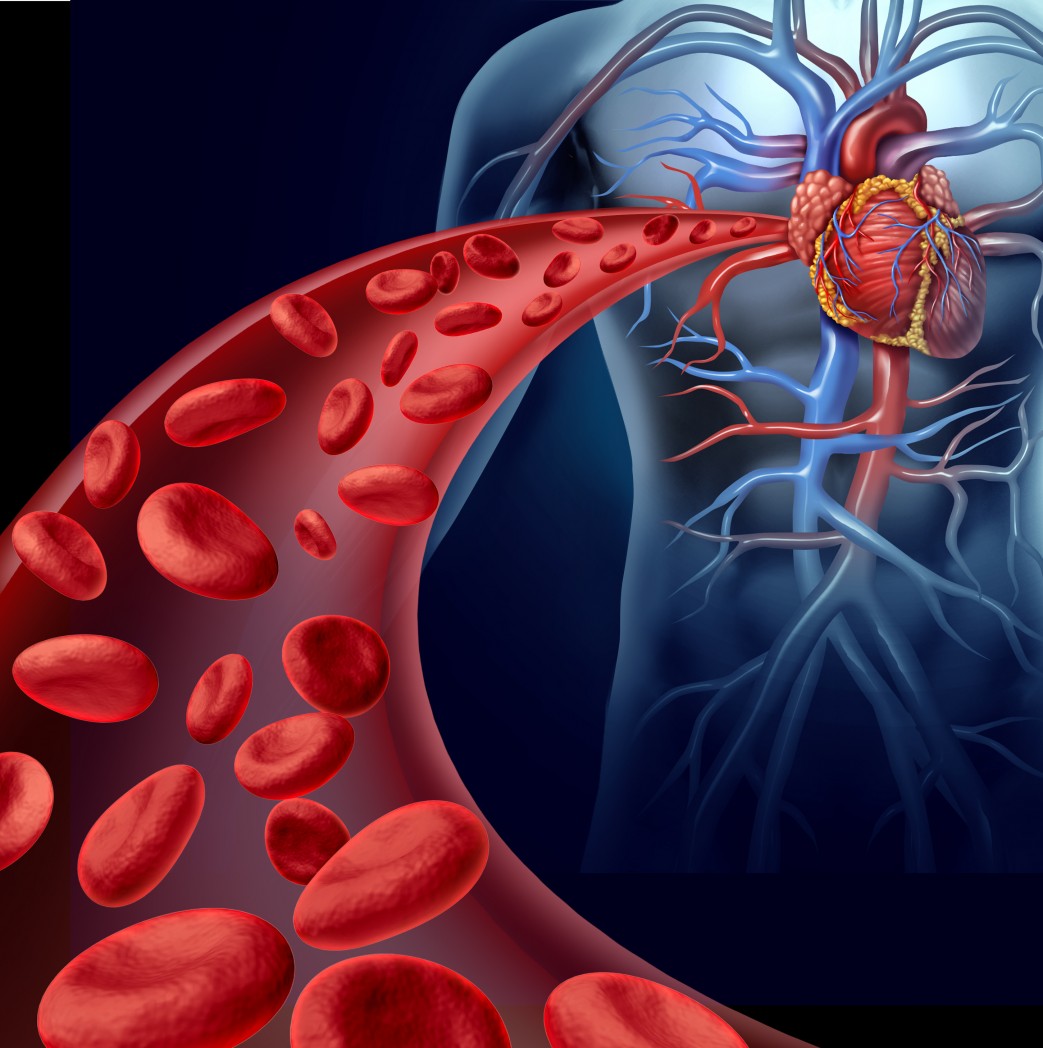Symptom-free Patients with HAE Show Signs of Atherosclerosis in Peripheral Vessels, Study Finds
Written by |

Patients with hereditary angioedema (HAE) show development of atherosclerosis in peripheral blood vessels during symptom-free periods, a new study reports.
The research, “Impaired Endothelial Function in Hereditary Angioedema During the Symptom-Free Period,” was published in the journal Frontiers in Psychology.
HAE is caused mainly by mutations in the SERPING1 gene, which leads to either low levels or impaired function of a protein called C1-INH. This causes excessive production of inflammatory molecules such as bradykinin (BK) — and recurrent episodes of swelling.
HAE patients with C1-INH deficiency and mutations in the F12 gene, which codes for a protein called coagulation factor XII (FXII), typically show skin and mucosal swelling in the extremities, face, genitals, and gastrointestinal and respiratory tracts. In these patients, BK may cause vasodilation and increased leakage in blood vessels.
In prior studies, researchers examined the function of coronary arteries — those that supply the heart with blood — in HAE patients. Patients had early endothelial dysfunction (a phenomenon characterized by impaired vasodilation and a status favoring inflammation and the formation of blood clots) and atherosclerosis (the hardening and narrowing of arteries due to the deposition of fat and cholesterol in their walls).
Asymmetric dimethylarginine (ADMA) is a naturally occurring product of metabolism found in human circulation that inhibits the endothelial (vessel) production of nitric oxide, a critical vasodilator.
High levels of ADMA correlate with several diseases related to atherosclerosis, including hypercholesterolemia (high cholesterol levels), diabetes, hypertension, heart failure, liver failure, and erectile dysfunction.
For this study, researchers set out to assess differences in atherosclerosis between HAE patients and healthy subjects. For that, they used the reactive hyperemia index (RHI) – a non-invasive method to explore early atherosclerosis in peripheral vessels.
Investigators also explored possible links between blood vessel function in HAE and parameters such as gender, ADMA levels, lipid levels in blood, age at disease onset, and disease duration and severity.
The study included 24 HAE patients with either C1-INH deficiency or FXII-HAE types, 18 of whom were women. Mean age at study start was 47.9 years, while mean age at disease onset was 20.0 years. All patients were examined during disease remission, characterized by no symptoms for at least 15 days before sampling.
HAE patients showed lower RHI and higher ADMA level than control participants. Analysis revealed that the lower the RHI value, the higher the level of ADMA. A similar inverse correlation was found between RHI and patients’ ages. No other significant association was observed, suggesting that early signs of atherosclerosis were not linked with disease severity or duration.
“Our findings revealed a significant decrease in endothelial function in HAE patients during the symptom-free period, when compared to a group of healthy peers,” the researchers wrote.
Although the study did not address the precise mechanisms involved in endothelial dysfunction on HAE, the investigators hypothesized that production of ADMA mediated by BK may be an explanation, rather than C1-INH deficiency or mutated FXII per se.
Of note, the investigators said that studying HAE patients only during remission may have led to incomplete evaluation of blood vessel characteristics.
“In conclusion, this was the first study to report that the atherosclerotic process previously observed in coronary arteries also involves the peripheral vessels in HAE patients,” researchers wrote.
“Since atherosclerosis is a complex process that involves several mechanisms and is the leading cause of heart attacks, stroke, and peripheral vascular disease, regular cardiovascular follow-up is required in HAE patients,” they added.





